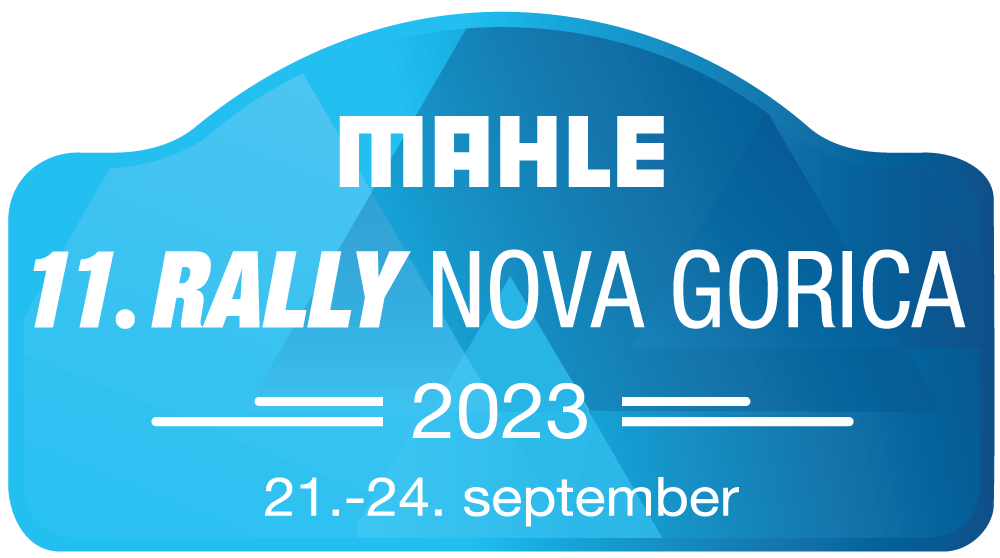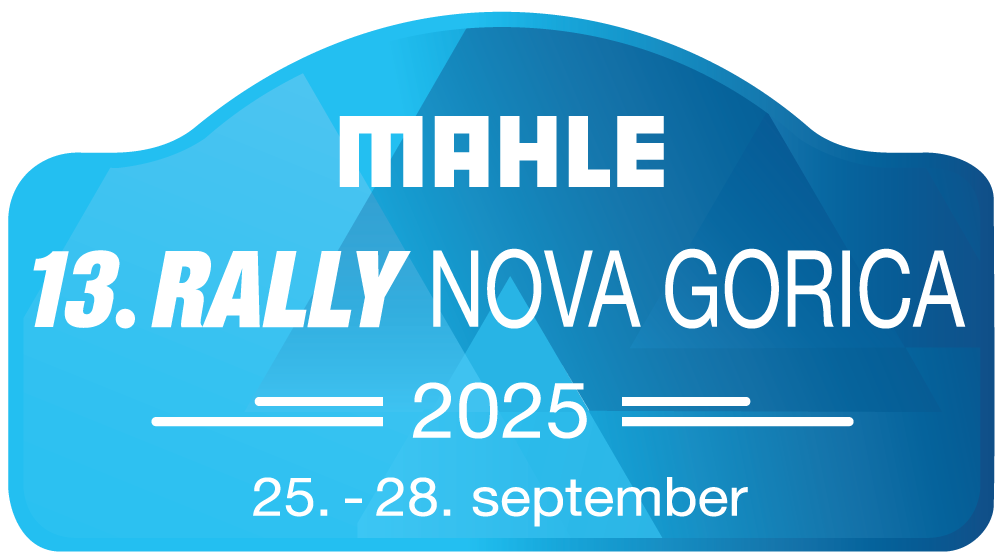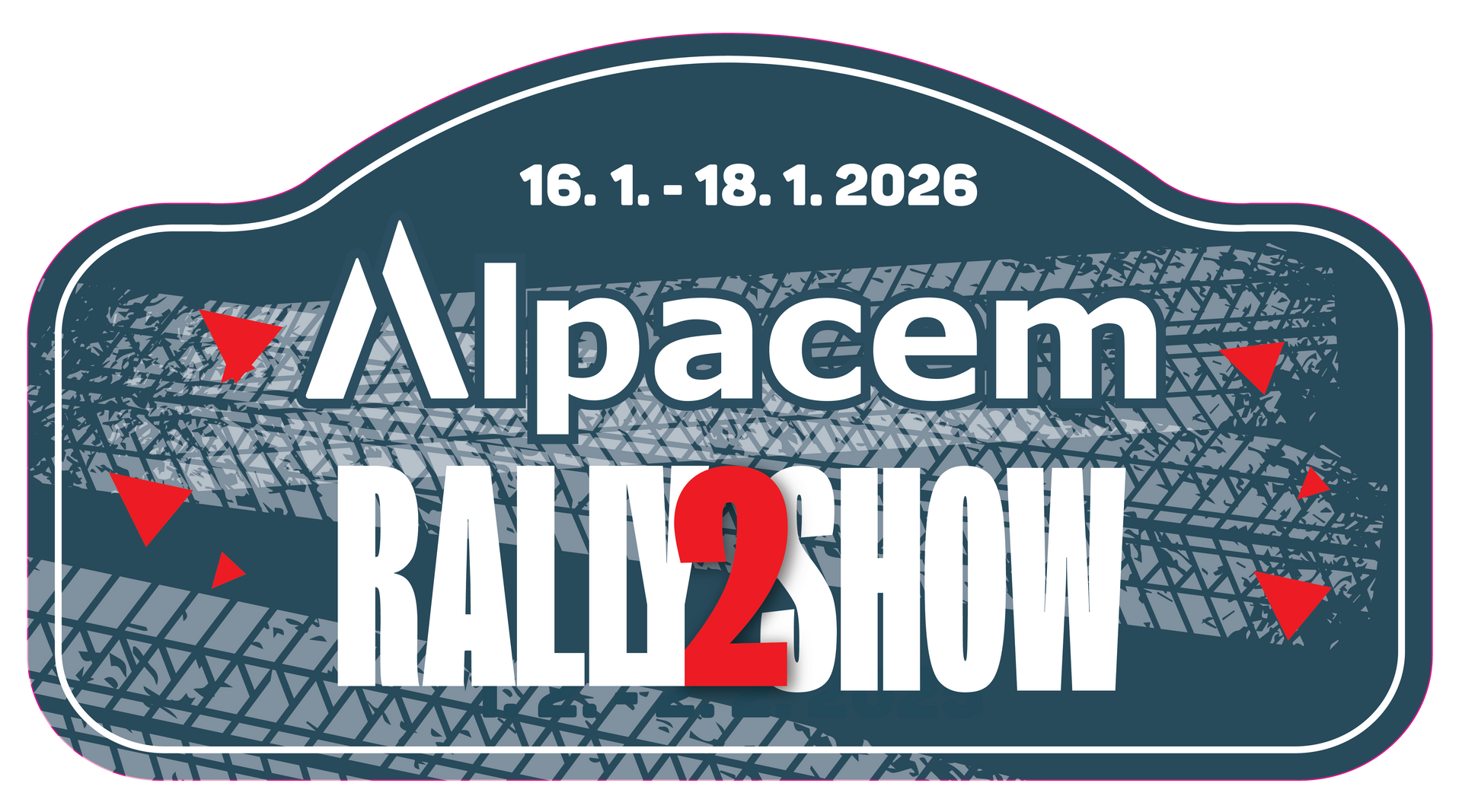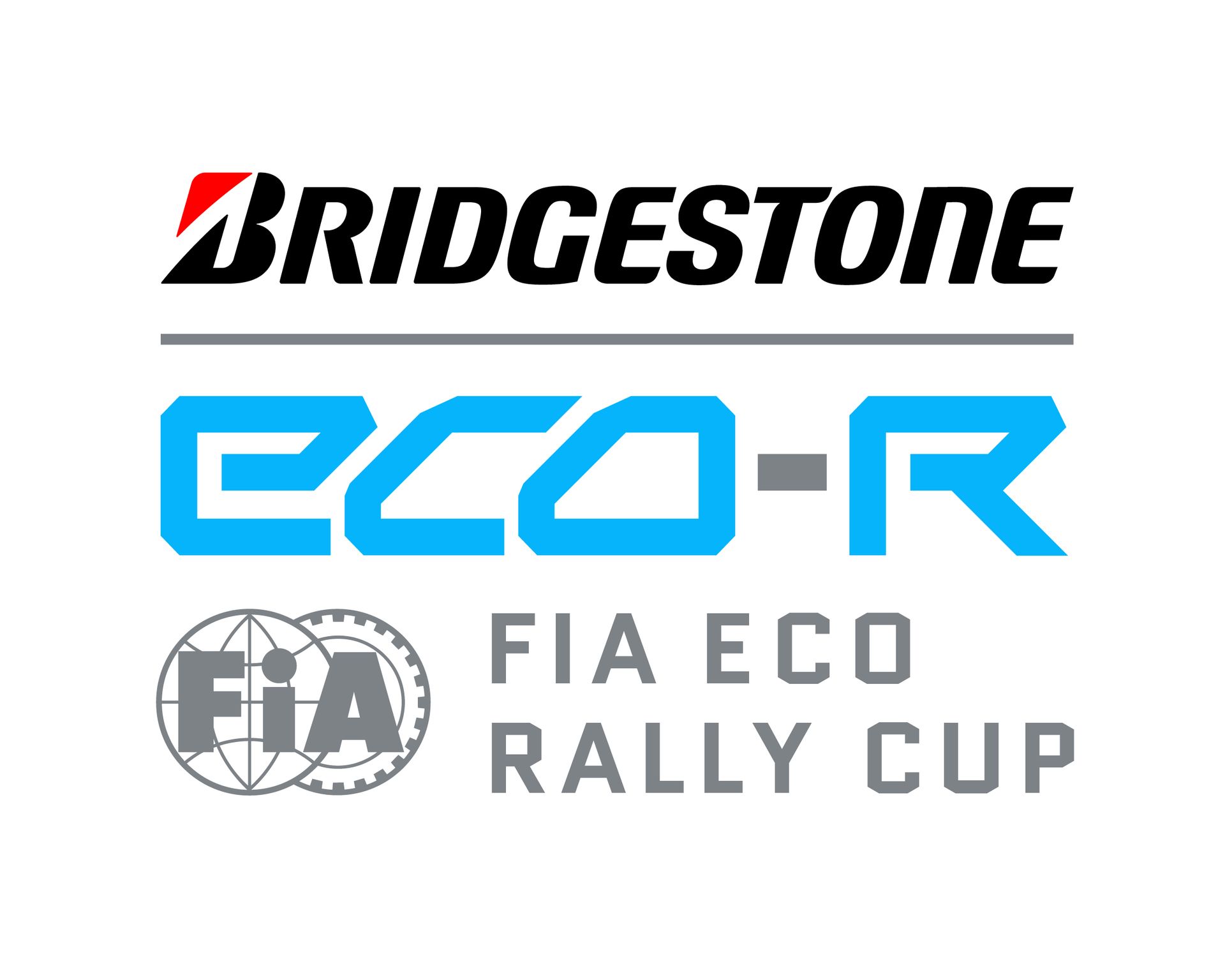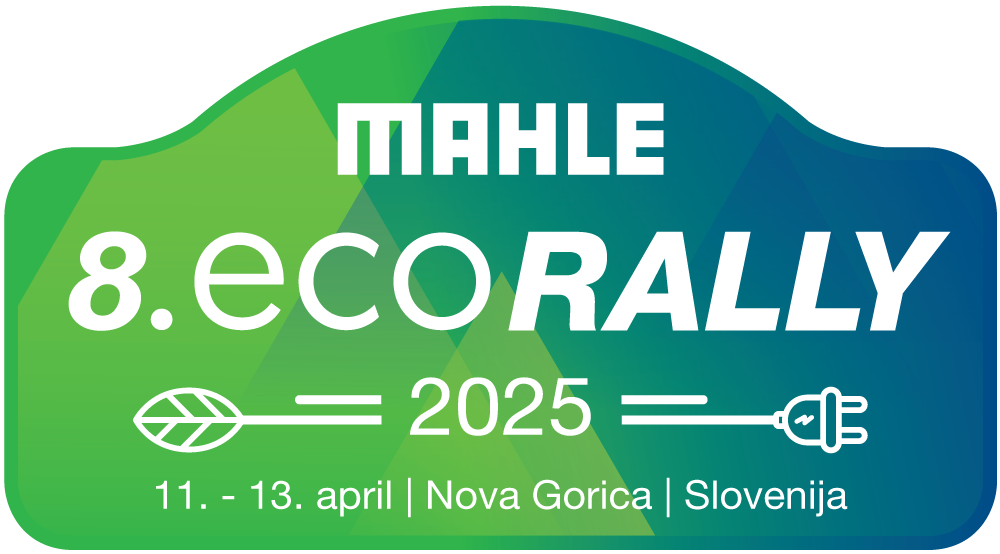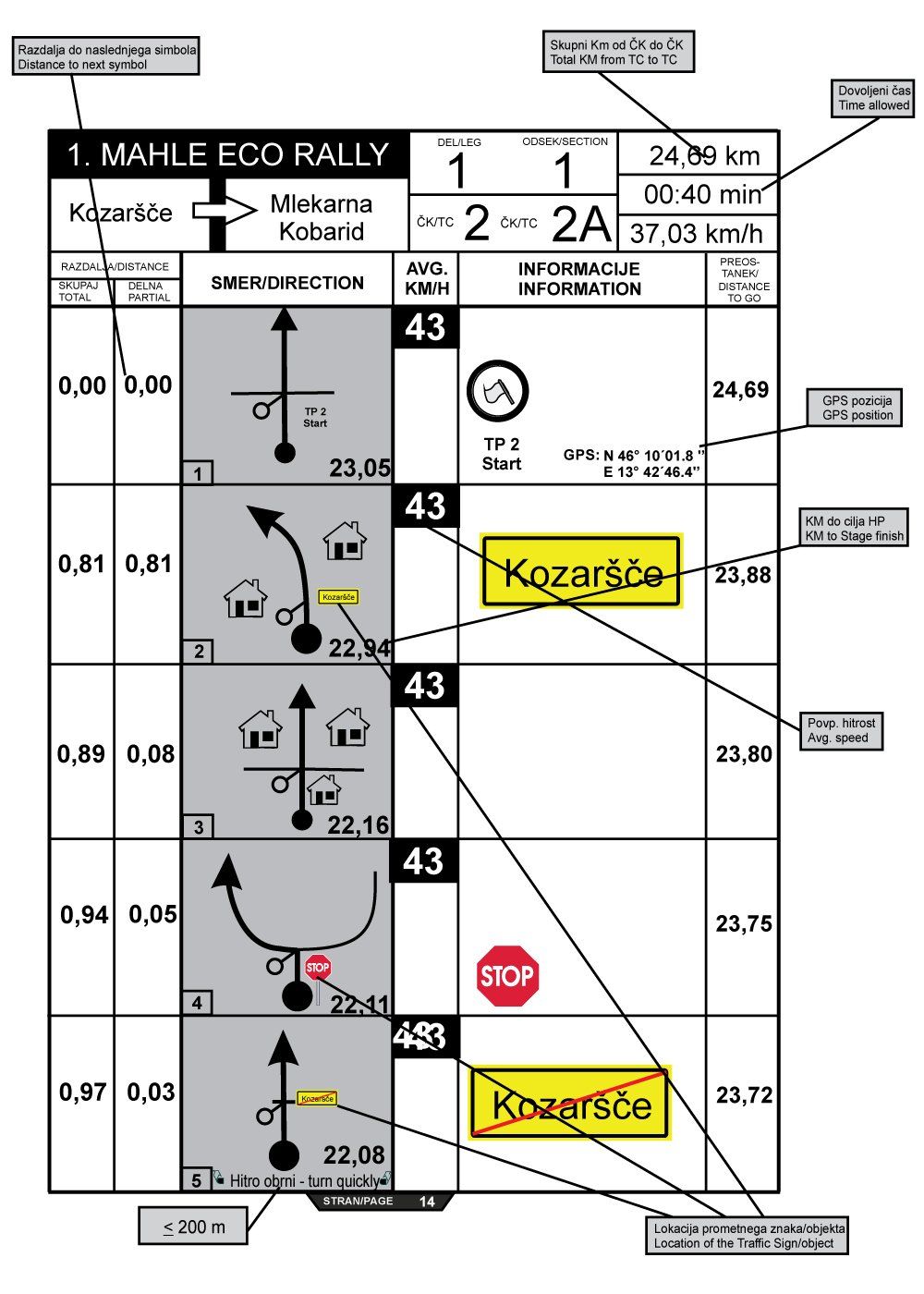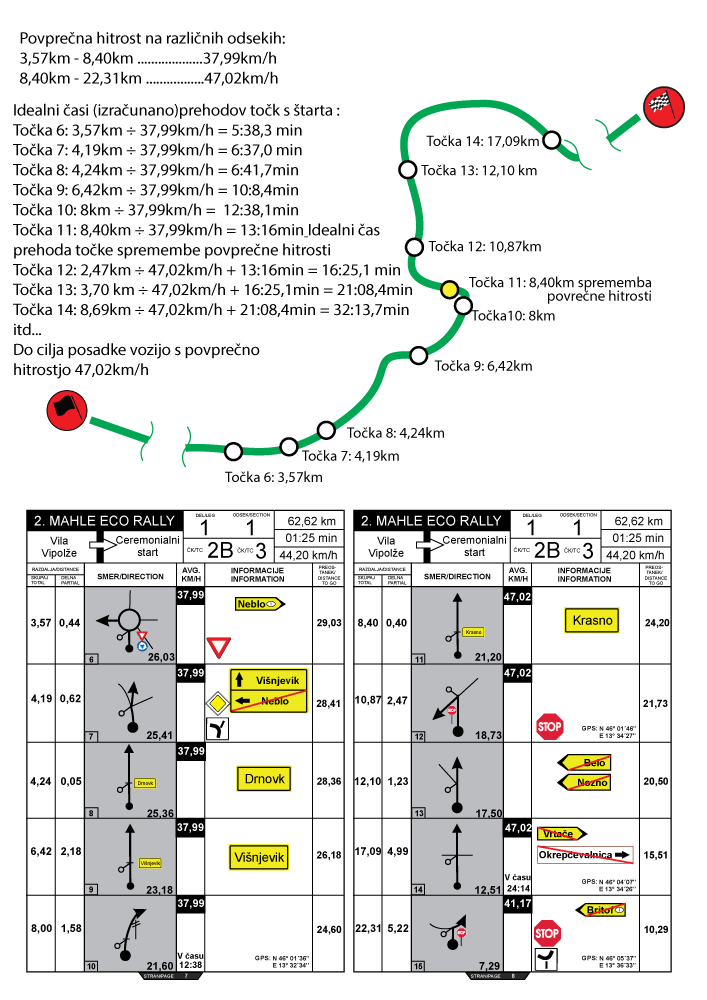Crew Guide
Organizer of MAHLE 9th Eco Rally have prepared the following glossary for you in which we try to explain the most importantthings in a simple way.
Theinformation below serves only to better understand the course of thecompetition. In no event shall it replace the full text of the FIAInternational Sporting Code, Sporting and Technical Regulations for the E-RallyRegularity Cup and the E-Rally Energy Consumption Cup, the Standard Regulationsfor Rally AS ACR nor Supplementary Regulations of the competition. All thesedocuments can be found in the regulations section here.
REGULARITY RALLY
Principle
Theprinciple of regularity rally is maintaining the exact speed average specifiedby the organizers on the route of the measured tests, the so-called regularitystages (RS) . It is not important who is the quickest in the given section. MAHLE 9th Eco Rally runs on roads openfor public traffic without closures, with the exception of the spectators stageat Nova Gorica . The crew’s duty is to comply with all road traffic rules – theaverage speed on the RS track will never exceed a maximum of 50 km/h.
Scoring
There isa number of places on the track of all RS unknown to crews where secret(invisible) time measurements take place. The timing points are not located inmunicipalities marked with a traffic sign nor at least 500 meters after them.This is to avoid the need for the crews to catch up their time losses insideinhabited localities. The key to determining the order after passing the finishof the stage is the sum of the penalty points obtained. A deviation of 1 tenthof a second from the ideal time at each timing point (stage finish needn’t bemeasured) means a penalty of 1 penalty point. The crew with the least points intotal, including any other possible penalties, becomes winner.
From2019, consumption will also be newly measured in the MAHLE 9th Eco Rally . When calculating the index establishing thefinal ranking within the FIA E-Rally Energy Consumption Cup, the nominaltheoretical capacity of the car battery, the amount of electricity drawn andconsumed, and the official length of the route used for measurements accordingto the itinerary (not the mileage of each crew) will be used.
Timing
Theofficial time of the competition is astronomical time available online at www.time.is. Werecommend the crews have their time synchronized on their devices in their owninterest. Time measurements on regularity stages take place in each competitionvehicle with two special GPS units from the Spanish company ANUBE Sport (www.anube.es ),located in the lower right corner of the windscreen and rear window.
COURSE OF THE COMPETITION
TimeControl
Eachcrew must strictly respect the time schedule during the competition. The timeshall be written into the Time Card by the timekeeper at the time control (TC).Each TC has its area visibly delimited by panels – its beginning is indicatedby a yellow sign and the end by three transverse stripes. The crew may enterthe control area within one minute preceding its ideal time. For example, ifthe ideal time of arrival at TC is 11:34, the crew may enter the zone notearlier than 11:33:00 and submit the Time Card to the timekeeper between11:34:00 and 11:34:59. Early and late arrivals are penalized, the maximum delayat a time control is 30 minutes.
Roadsection
Asection of the route of the competition between time controls that is not usedfor regularity stages or Parc Fermé. The average speed for a given sectionshown in the header of each page of the Road Book is only informative. It iscalculated based on the total distance and time that the crew can use for thissection. Maintaining the average speed is monitored and scored only on thetrack of a RS!
Stagestart
Crewsstart into regularity stages in the order they arrive at START post, markedwith a clearly visible panel with a black flag in a red field. The startprocedure in the MAHLE 9th Eco Rally will be unmanned in 2024 – without a timekeeper and clock. The crew may startto the stage at any time at their own discretion, however it must always be afull minute by the official competition time!
Example: Thefirst crew arrives at START post at 8:43:50. As there is only ten seconds lefttill the whole minute, they decide to wait until the next minute for start,that is at 8:45:00. As soon as it runs at least 100 meters on the track, it isa signal for the GPS units to continue the time measurement. Warning! Time is notmeasured from the moment the vehicle is set to motion, but always from thebeginning of the minute, that is of the aforementioned start time at 8:45:00.So when the crew starts to the timed stage at 8:45:02 and continues to drive,they have to reckon with the timer running from zero (i.e. the whole minute).In the meantime other crews arrived to start who must not delay their starttimes unnecessarily and start at one minute intervals, i.e. at 8:46:00,8:47:00, 8:48:00, etc.
Regularitystage
Differentspeed averages are set for individual RSs and they can change several timesduring the stage. Exact places where the average speed changes are indicated inthe Road book.
Parc Fermé
Crews of electric vehicles registered for the FIAChampionship must observe the Parc Fermé rules during the competition. The designatedarea is guarded by the organizer and the crew must place their vehicle thereaccording to the itinerary and the time schedule at the end of each leg orduring it. Parc Fermé (PF), in the vast majority of cases, is the place whereelectric cars are being charged. Repairs and other car work unrelated tocharging are not permitted. The crew is allowed to enter the PF by thetimekeeper not sooner than 10 minutes before the time of leaving for the track(ideal time at time control), on the other hand, the crew shall leave the PFarea within 15 minutes after arrival.
Charging of electric vehicles
During the competition crews may charge their electric carsonly at the places designated by the organizer. Within the frame of the MAHLE 8th Eco Rally , it is always in aParc Fermé after scrutineering before the official start of the competition inNova Gorica, between individual legs and overnight .
.
Calibration road section
Part of the route of the first leg, where the crews can settheir devices prior to starting to the RS 1 to measure the distance travelledaccording to the reference value measured by the organizer. The organizerprocesses the whole competition itinerary with maximum precision following thevalues obtained from the calibration section. After the finish of the markedsection the crews are allowed to return to the start and check the setcalibration values.
Team Rally Nova Gorica


